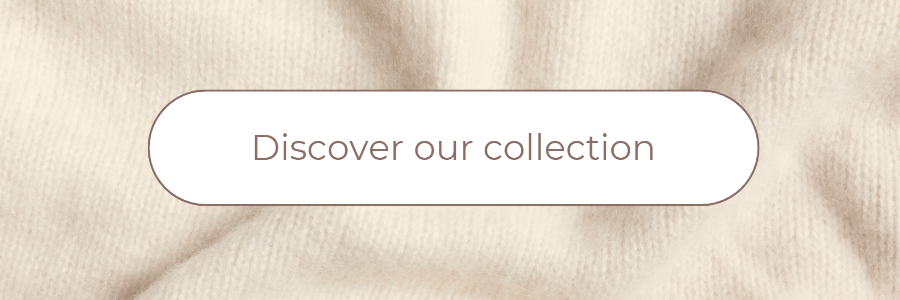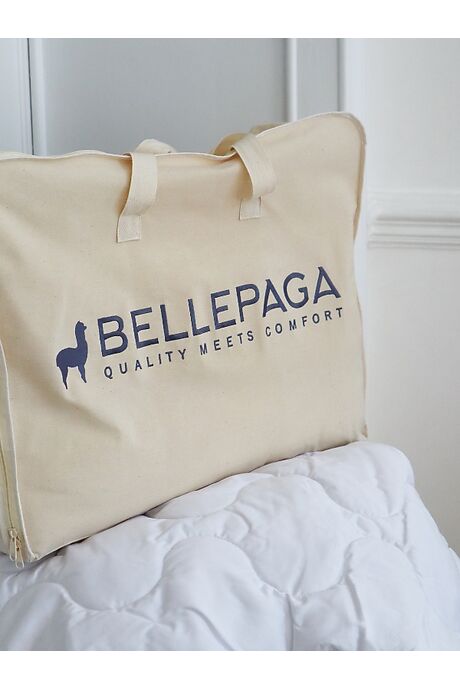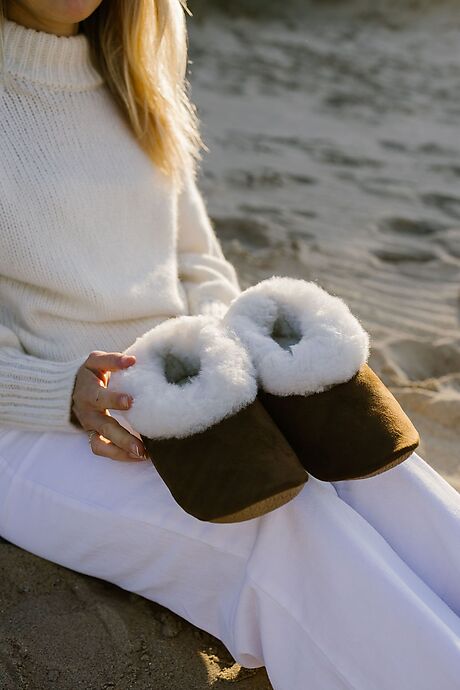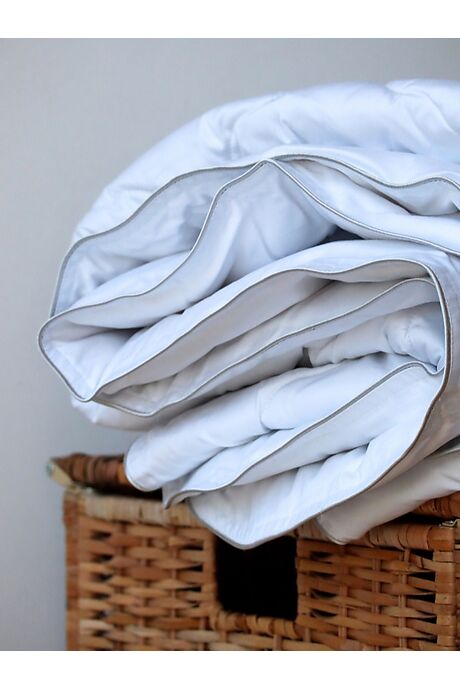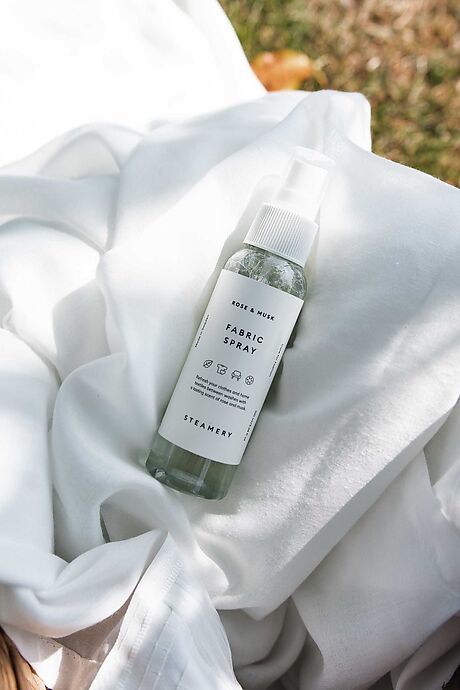How to choose the right duvet?
There are many criteria to consider when deciding to buy a duvet. It is often an investment for several years, so you have to think twice before taking action. Below you will find all the criteria to consider when choosing the most suitable duvet for you.
Duvet Dimensions

The first criterion we must consider is the dimensions of our duvet. There are several of them, among the most purchased, there are in particular duvets whose dimensions are 140x200 cm, 240x200 cm or 260x220 cm. To choose the best size, you must measure the size of your bed or mattress. Indeed, a duvet must always be a little wider than your bed.
- If it is 90x200 cm, your duvet should be at least 140 cm wide.
- For a single bed of 120x200 cm, it should be at least 200 cm wide.
- For a double bed of 140x200, the most suitable duvet should be at least 200 cm wide.
- For queen size beds of 160x200 cm, the dimensions of your duvet must be between 220 and 240x220 cm.
- For "King size" beds from 180x200 cm, the minimum dimensions are 240x220 cm
Thermal Property
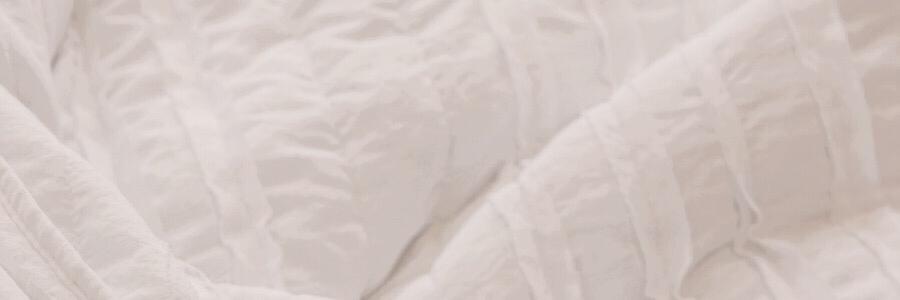
Now that we know the size of the duvet to choose, let's move on to the second criteria, the thermal property. Indeed, it is important to choose a duvet with a good level of warmth. We have a choice between several variants, special summer, special winter, temperate or 4-season duvets.
Each one offers a different level of heat. Summer duvets are very lightweight, suitable for people who are sensitive to heat, or are suitable for people who sleep in warm rooms above 22°C.
Winter duvets are very hot, they are intended for people who are cold or people who sleep in rooms with low heating and therefore need a much warmer duvet.
There are also temperate duvets which are ideal for rooms between 18 and 22 degrees. And for people who need average heat, not too small or too big.
The 4-season duvets, on the other hand, are a set of duvets that can be assembled to provide the desired warmth each season. It is a set of a lightweight duvet and a mid-season duvet, which once assembled make a winter blanket. By separating them, we obtain duvets that are suitable for each season, it is up to us to choose under which part we will sleep.
The Filling of the Duvet
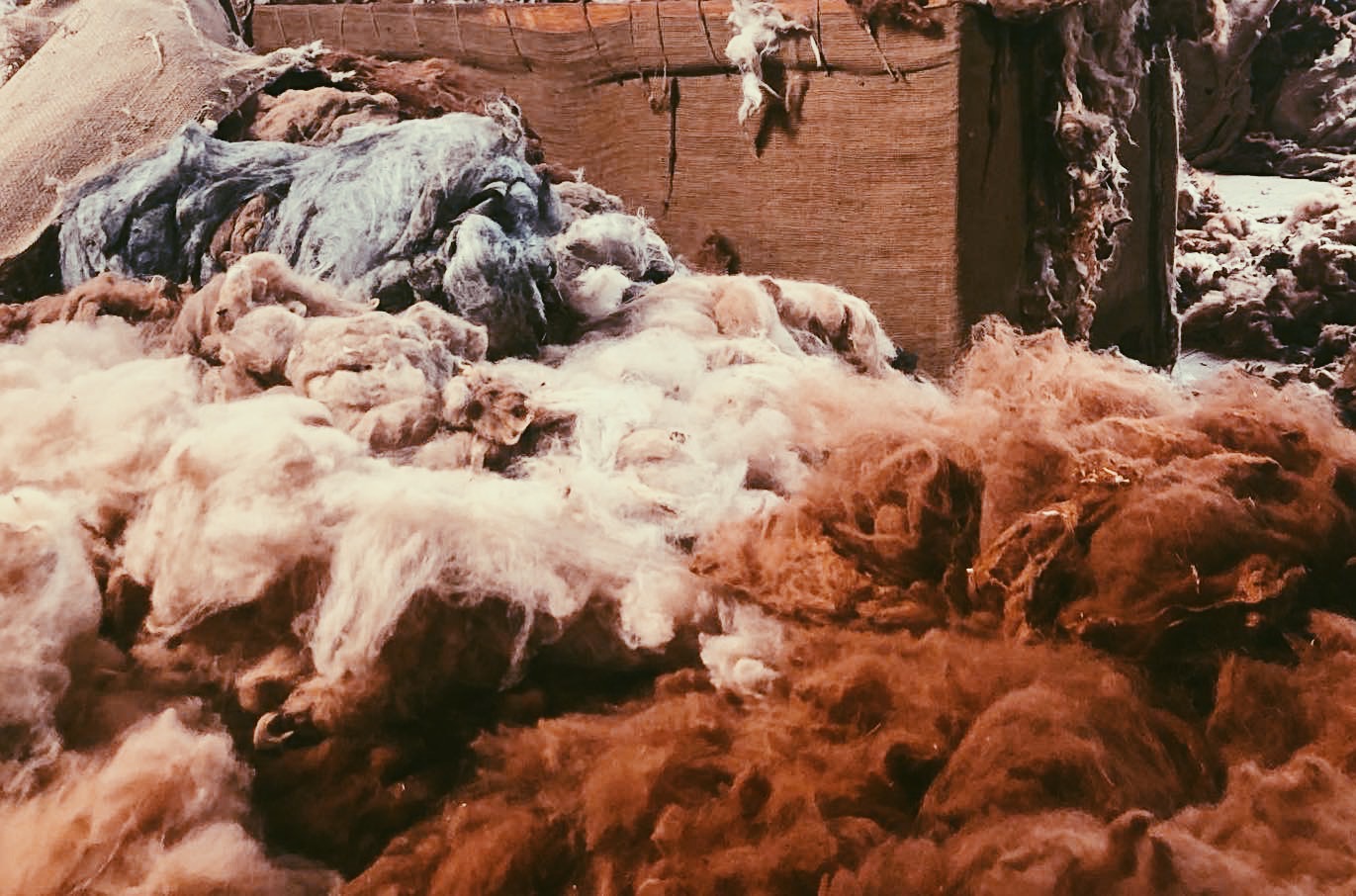
The third criteria is the filling. What is in the duvet is enormously important, because it is the filling that will make it more or less hot, our skin will be able to breathe and our duvet will have a longer life span. For the filling, several offers are available to us. You can have either a natural or a synthetic filling.
If you choose the natural one, you can choose between duck down, silk filling, or alpaca wool.
If you choose a synthetic duvet, it will probably be because of its price, ease of maintenance, and in some cases its hypoallergenic character.
The Duvet Cover
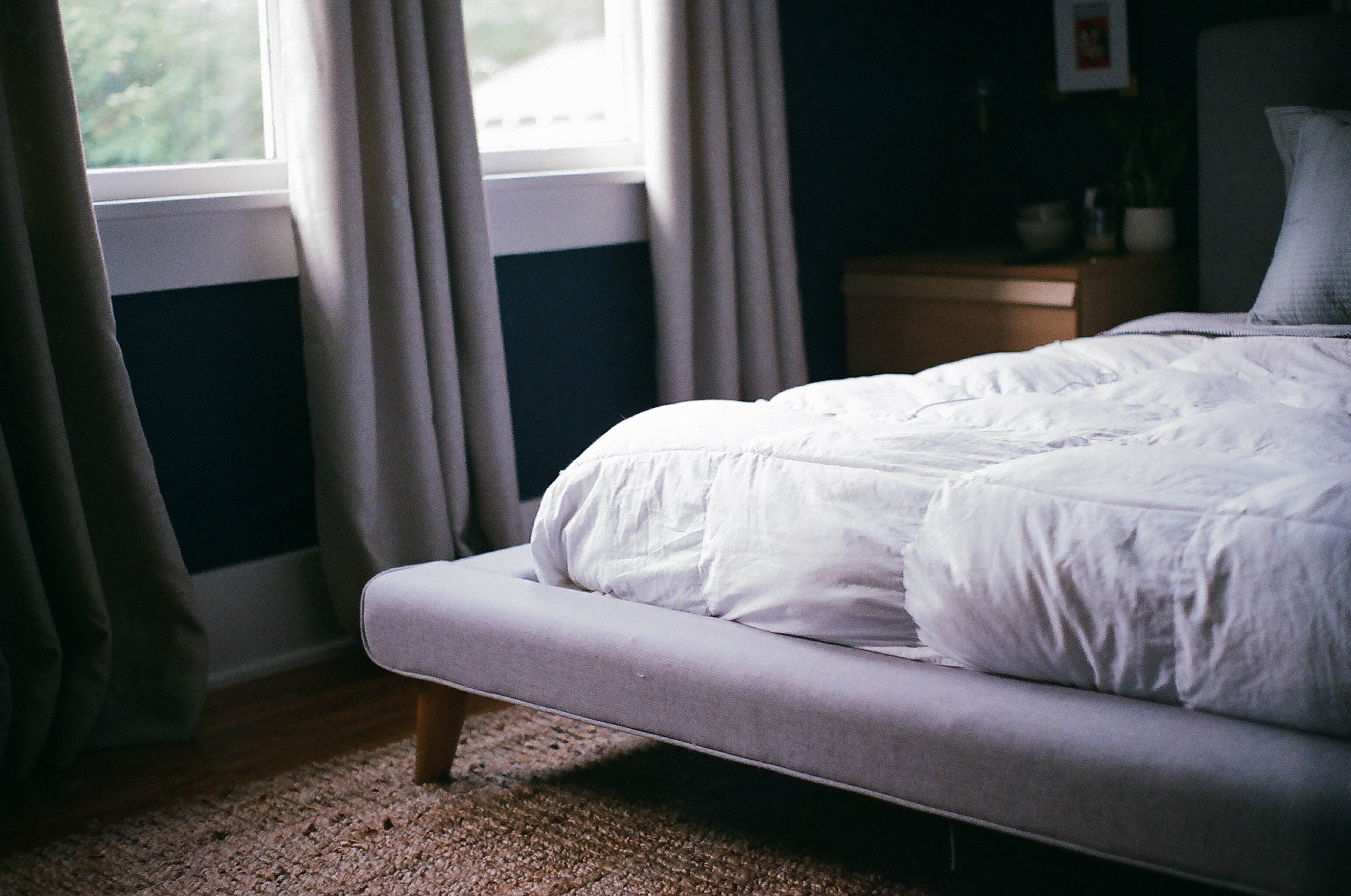
The duvet cover will help prevent down or fibres from escaping. We recommend an envelope with a very tight weave. The envelope will depend on your needs and means.
There are envelopes made of percale, cotton, satin, silk, or bamboo.
We generally recommend a percale cover for duvets. The percale has a matt finish, is lightweight and breathable.
You can use Pima cotton or Egyptian cotton. These are high-quality cotton, they are light and delicate. Cotton absorbs moisture very well and is very light and comfortable. It will keep your sleep cool in the summer and warm you up in the winter.
You can also opt for satin, which has a very smooth finish and which, while remaining very pleasant to the touch, gives your duvet a luminous glow. Or a bamboo shell that is antibacterial, neutralizes odours and absorbs moisture very well.
The Stitching
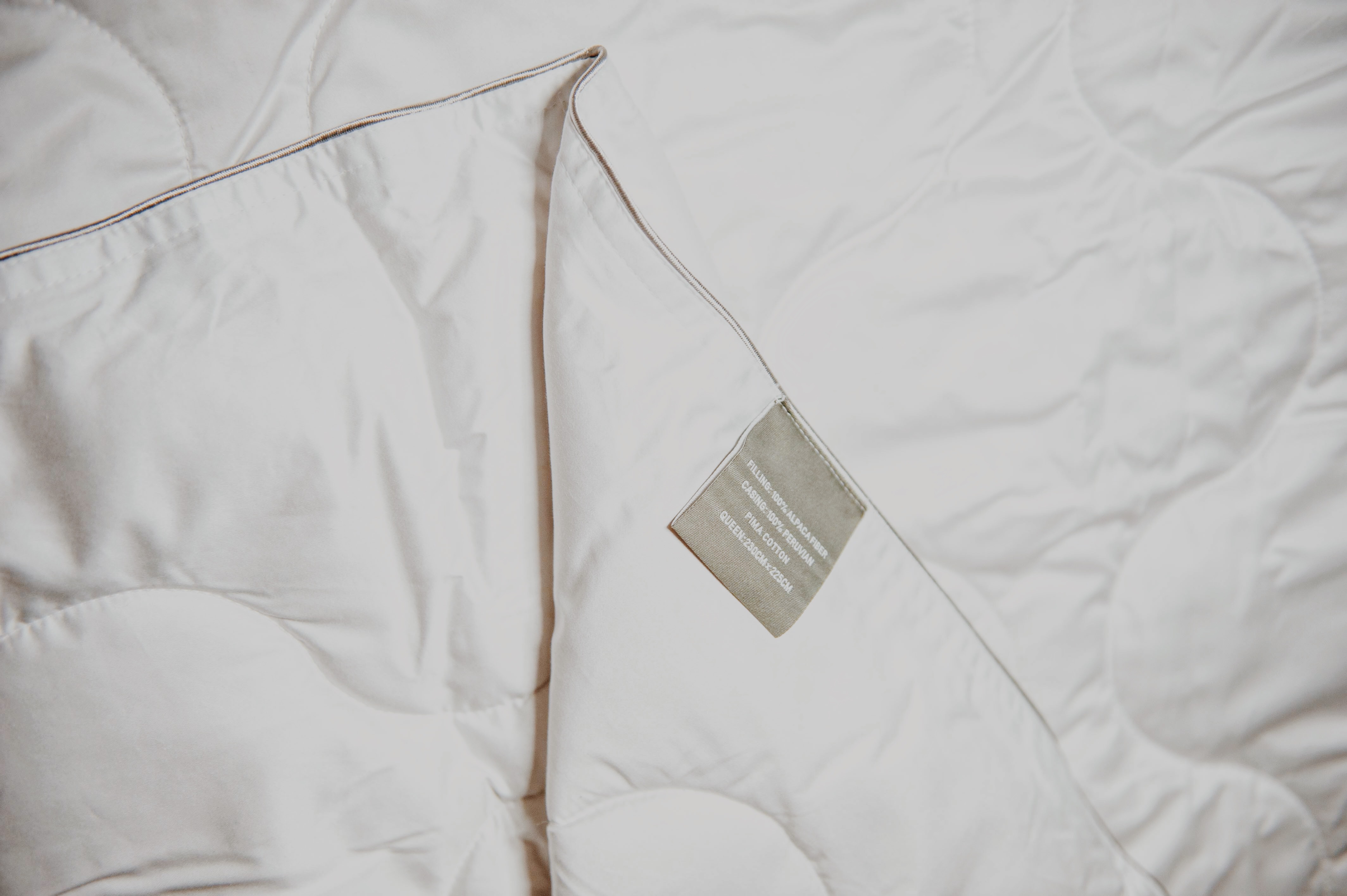
The stitching is also very important, it is the finishing of the duvet. You can stitch a duvet in different ways, some more effective than others. Generally, we speak of stitching in waves, lines, captions, tiles, or partitioned diamonds. The latter is often considered the best because it keeps the upholstery in place and therefore prevents it from moving around in the envelope so our duvet remains uniform and comfortable for many years. A good stitching will limit heat loss.
The other shots do the same but are considered less good. Among these is the in-line stitching that standardizes the filling so that it is well distributed. The wave stitching keeps it stable in strips. As for the padded stitching, it holds the upholstery with snap fasteners.
The grammage
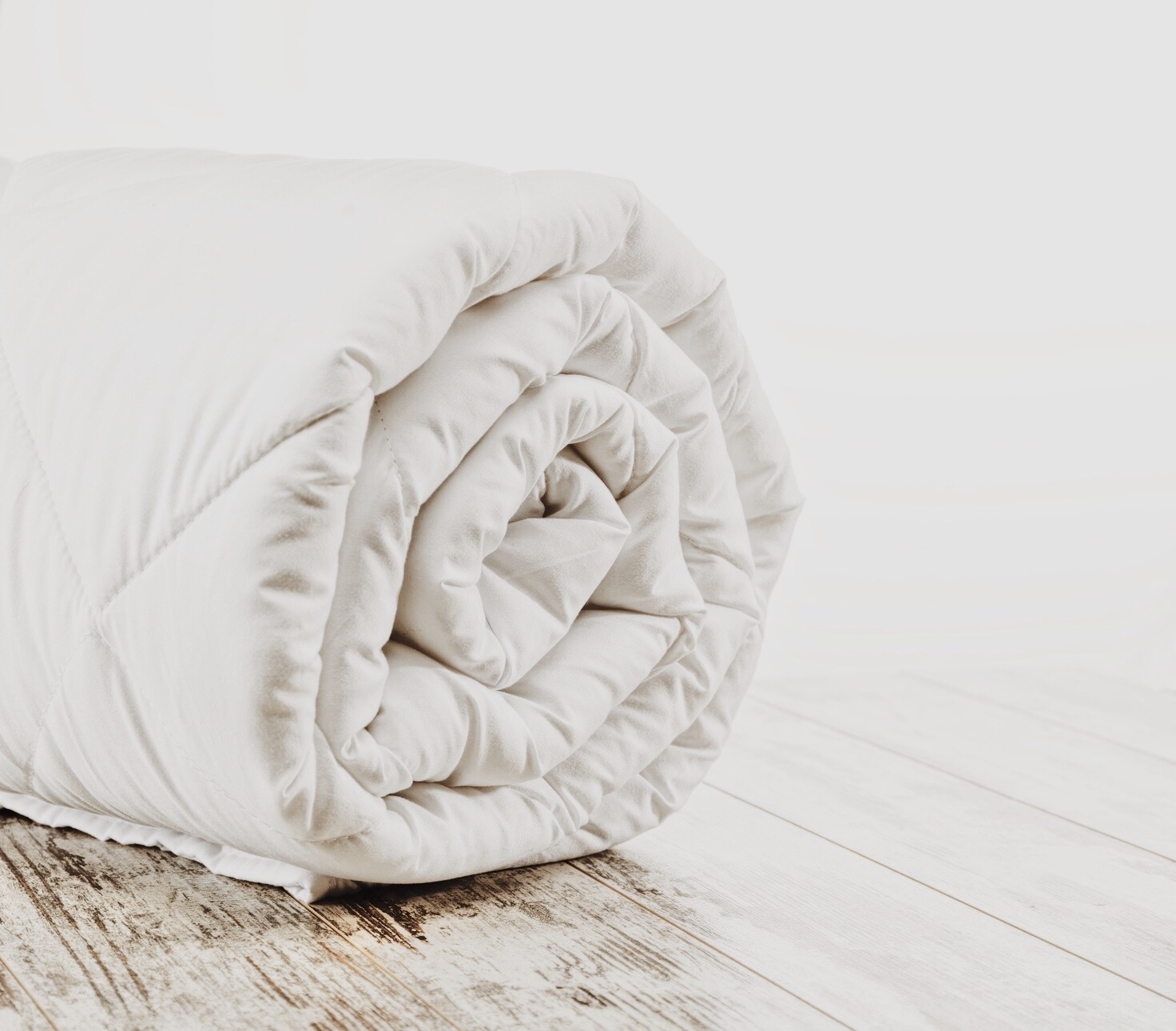
The last criteria is the grammage of the duvet. You often choose your duvet according to its grammage and not its weight. The weight is the density of the duvet, depending on whether it is large or rather small it will provide another amount of heat. It is according to this density that prices vary.
The higher the density, the more expensive the duvet will be. A natural summer duvet has a weight of about 180 g/m2, while a winter duvet has about 270 g/m2. For synthetic duvets, we speak of 200 g/m2 for a summer duvet and 350 g/m2 for a winter duvet. This filling can go up to 500 gr/m² for the densest duvets.
Be careful, the denser the filling is, the heavier the duvet will be, so you must take this aspect into account when choosing THE right duvet for you.
Let's summarize
We have just seen the six most important criteria in choosing a duvet. First of all, it is the size of the duvet that is taken into account according to the width and length of our mattress or bed. Then we talk about the thermal property to choose according to the sensitivity to cold or heat as well as the temperature of the bedroom. In addition, the question must be asked about a natural or synthetic filling as well as the material of the duvet cover. Finally, we still have to choose the desired stitching and grammage.
Try our Alpaca wool duvets without further delay!
Contact us for any further information, we will be happy to answer your questions!
Do not hesitate to also consult our Men, Women and Home & Decoration collections to discover all our products in Alpaca wool!
-
Ñawi duvet 450gr/m2 140x200cm
459,00 €
-
La Paz Slippers
- 35
- 36
- 37
- 38
- 39
- 40
- 41
- 42
- 43
- 44
- 45
- 34
- 46
- 47
69,00 €
-
Ñawi Duvet 450gr/m2 240x220cm
659,00 €
-
Ñawi Duvet 450gr/m2 260x240cm
759,00 €
-
Refreshing and softening spray for wool - 100ml
9,50 €

